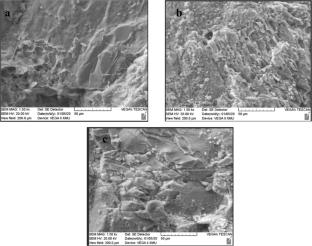Investigation into dynamic failure characteristics and mechanism of sandstones under effects of high temperature treatments
Abstract
The geological conditions in deep underground conditions are in state of high temperature, high geo-stress and high-water pressure which brings serious challenges to safety of exploitation and utilization of underground resources. The high temperature of deep rock strata leads to a certain degree of internal damage, which causes nonlinear deformation or zoning failure characteristics. Therefore, understanding the dynamic mechanical properties and failure characteristics of rocks under high temperature conditions is quite important for the safety of deep resource exploitations. In this study, the dynamic mechanical parameters of sandstone after high-temperature treatment were obtained through Split Hopkinson Pressure Bar loading methods with temperature as variables. The dynamic damage law and damage degree of sandstone under different impact loads were analyzed. The fracture morphologies of specimens under different impact loads and temperatures were observed by scanning electron microscope. The micro characteristics, failure evolutions as well as dynamic damage mechanisms were analysed and discussed. It was concluded thermal stress leaded to uncoordinated thermal expansion of various mineral particles and induce initiation of microcracks between particles, resulted in decrease of dynamic mechanical properties of specimens. The 600 ℃ was suggested to be the inflection point, at which both the mechanical properties and fractographic features change significantly. The study and obtained results provided theoretical basis for deep mineral exploitation, especially in areas with high temperatures.


 求助内容:
求助内容: 应助结果提醒方式:
应助结果提醒方式:


